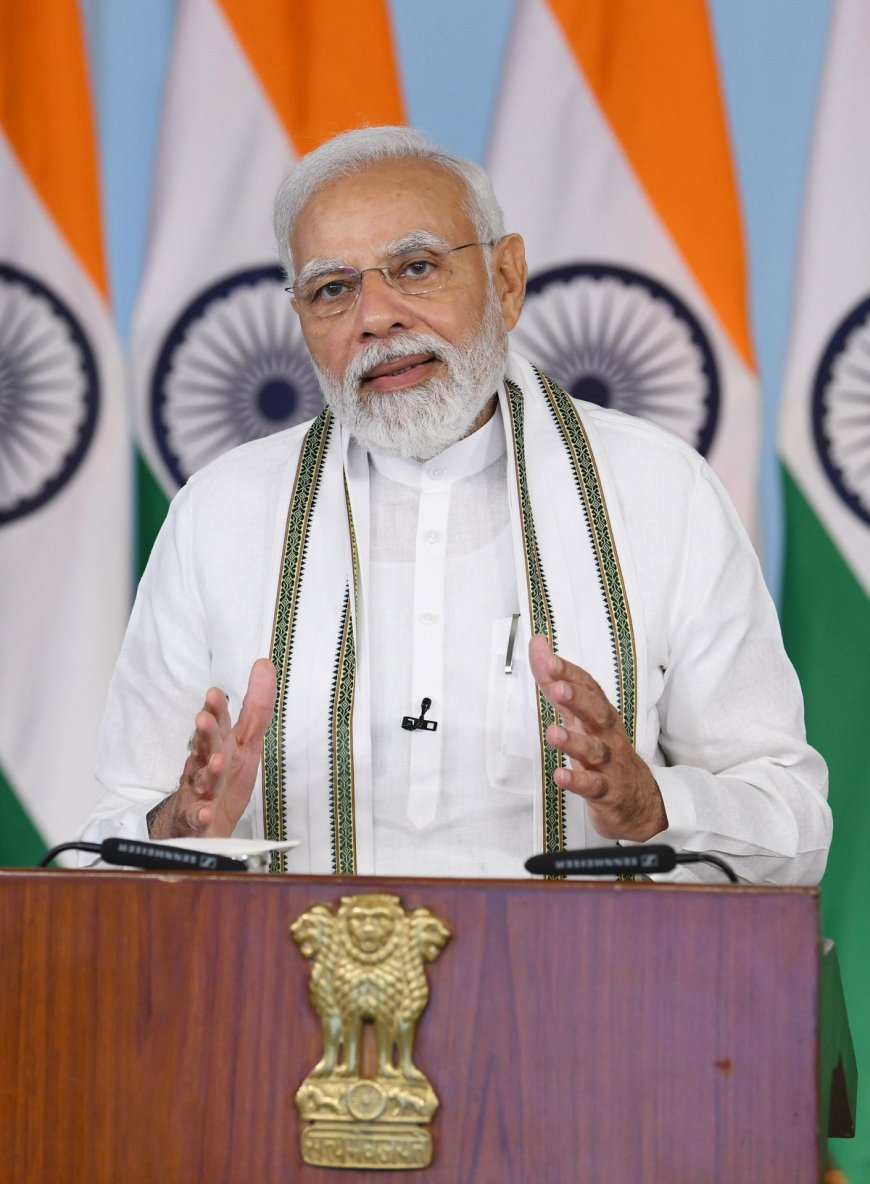India’s 79th Independence Day 2025 LIVE Updates: PM Modi Announces New GST Reforms by Diwali; Tax on Daily-Use Items to be Reduced
PM Modi announces major GST reforms by Diwali 2025, cutting taxes on daily-use goods to ease living costs and boost festive season demand.

Introduction
India’s 79th Independence Day celebrations on 15th August 2025 were marked by a significant economic announcement from Prime Minister Narendra Modi. Standing at the iconic Red Fort, PM Modi revealed that the government will roll out new GST reforms by Diwali 2025, with a primary focus on reducing taxes on daily-use items. The move aims to bring relief to millions of households struggling with inflation and high living costs, while also boosting market demand.
A Brief Historical Context
Since the introduction of the Goods and Services Tax (GST) in 2017, India has worked to simplify the indirect taxation system, merging multiple state and central taxes into a single unified framework. Over the years, several adjustments have been made to GST slabs, but many common-use products have remained under higher tax brackets, impacting household budgets. The latest announcement is being seen as one of the biggest tax relief measures since GST’s inception.
What Did PM Modi Announce?
PM Modi stated that the new GST reforms will take effect before Diwali, covering a wide range of essential and daily-use goods, including packaged food, toiletries, and certain household electronics. The government plans to:
-
Lower GST rates on key essential goods from 18% or 12% down to 5% in many cases.
-
Remove GST on select food staples.
-
Simplify filing procedures for small traders and shopkeepers.
-
Introduce quarterly GST filing for businesses below a certain turnover.
Reason Behind the Reforms
The primary motivation for these reforms is to ease inflationary pressure and stimulate domestic consumption. By reducing taxes on essentials, the government hopes to increase purchasing power, encourage spending, and improve economic circulation. Additionally, the reforms aim to support small and medium enterprises (SMEs) by making compliance simpler.
Purpose and Expected Impact
The reforms are expected to:
-
Reduce the cost of living for the middle and lower-income groups.
-
Boost retail sales during the festive season.
-
Encourage small businesses to operate within the GST framework without excessive compliance burdens.
-
Increase overall market confidence and economic activity.
Latest Updates & Implementation Timeline
The Finance Ministry will soon release a detailed list of items and their revised tax rates. Special GST Council meetings have been scheduled in September and October 2025 to finalize the reforms. The changes will be implemented in phases starting mid-October, ensuring they are fully in place before the Diwali shopping season begins.
Significance of the Move
This is a politically and economically significant decision ahead of major state elections in early 2026. Reducing taxes on essentials not only provides direct economic relief but also strengthens public trust in government policy. It also positions India as a responsive and adaptive economy in the global market.
Advantages
-
Lower household expenses and improved affordability.
-
Increased demand for FMCG and retail goods.
-
Better compliance rates among small traders.
-
Positive boost to GDP via consumer spending.
Disadvantages
-
Possible short-term revenue loss for the government.
-
Risk of misuse by sellers in pricing manipulation.
-
Need for tight monitoring to prevent black marketing or stock hoarding.
Final Thoughts & Conclusion
The GST reform announcement on Independence Day 2025 reflects the government’s focus on inclusive economic growth and public welfare. By targeting daily-use goods, the reforms aim to benefit the maximum number of citizens while revitalizing the retail sector ahead of the festive season. While challenges in implementation remain, if executed effectively, these measures could set a new benchmark in India’s tax policy, making the GST system not just simpler, but also more people-friendly.
If you want, I can also prepare a clear table of the old vs. new GST rates for daily-use items so it’s easy for readers to understand the impact visually. Would you like me to do that?

 Ellofacts
Ellofacts 





